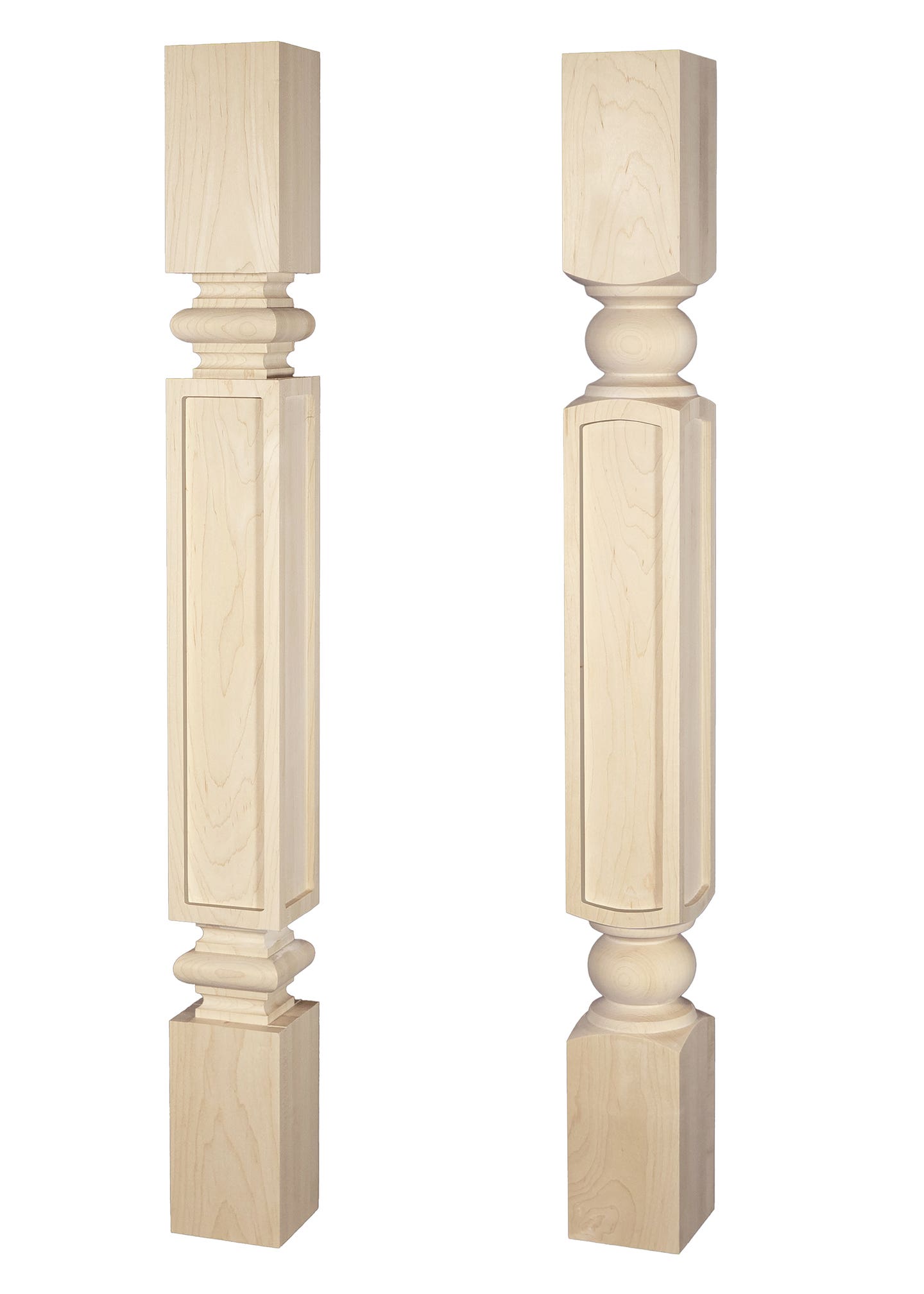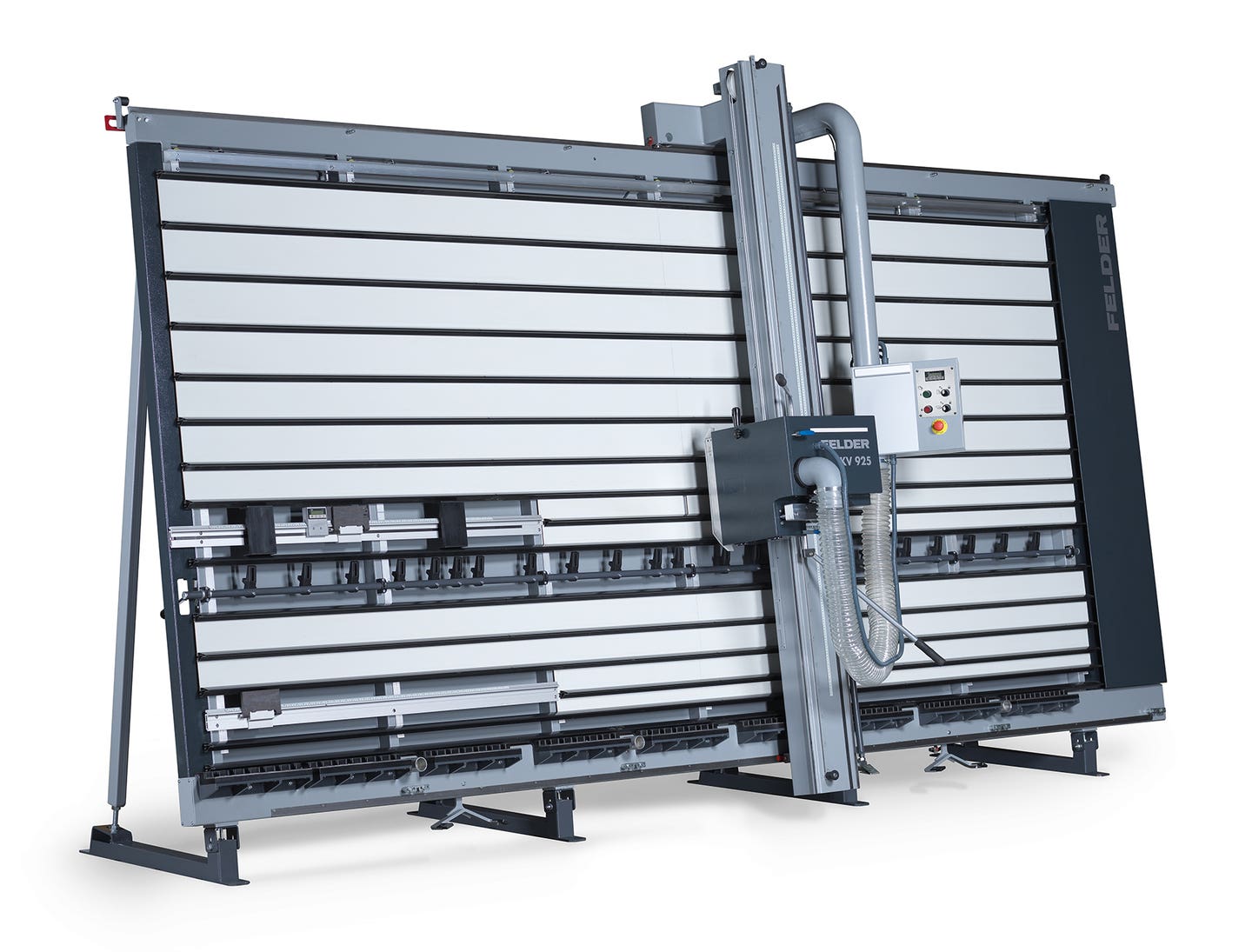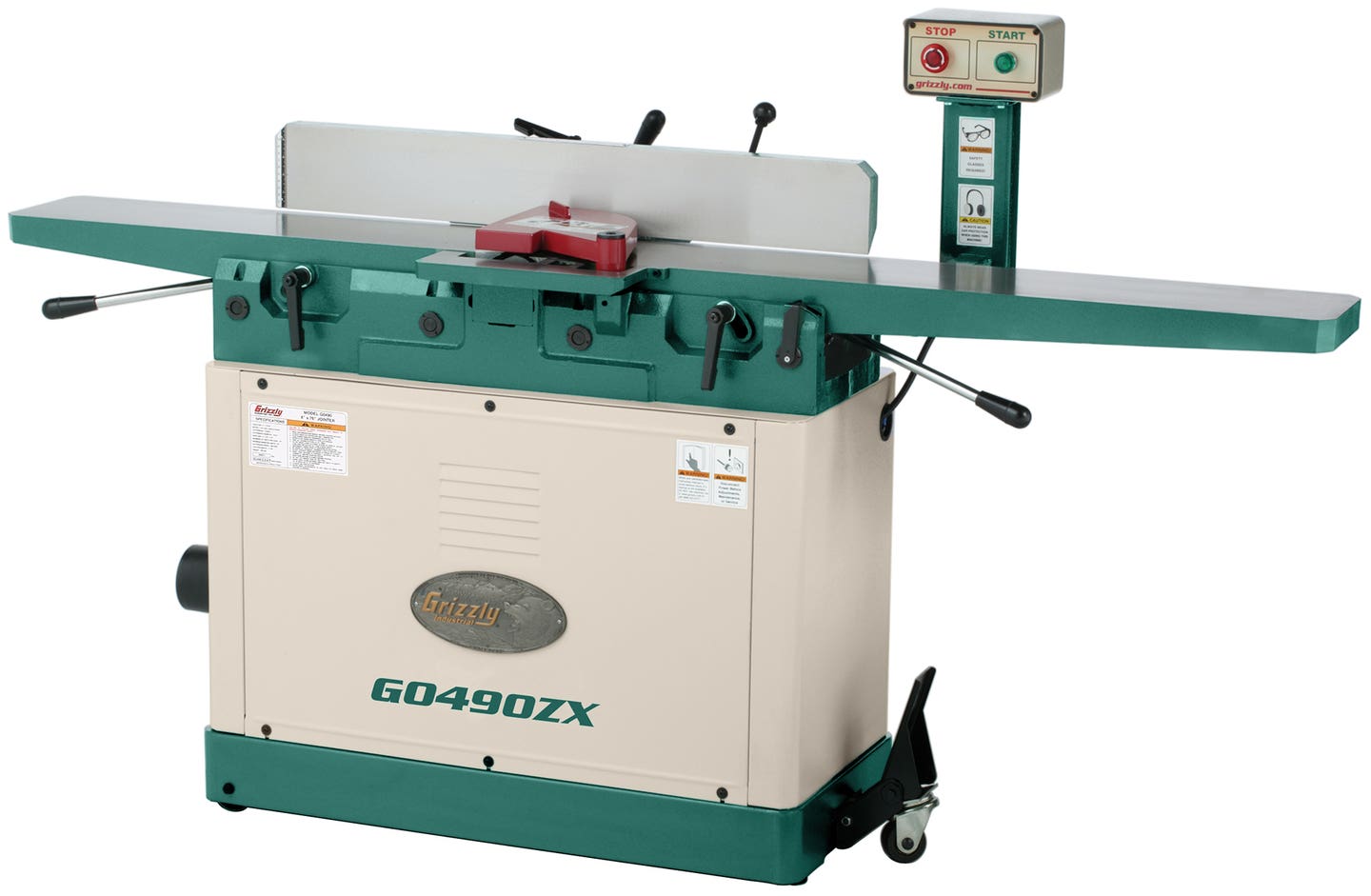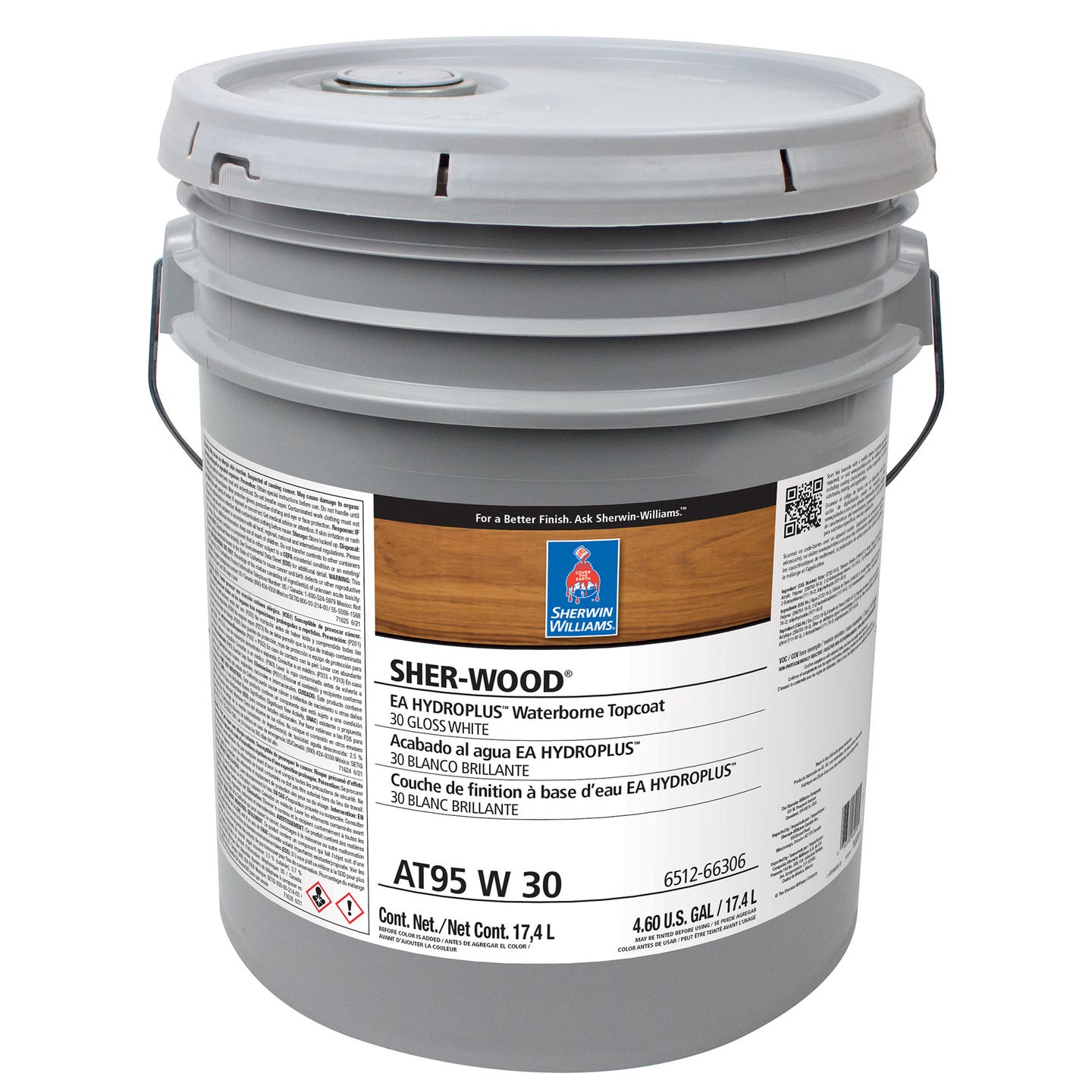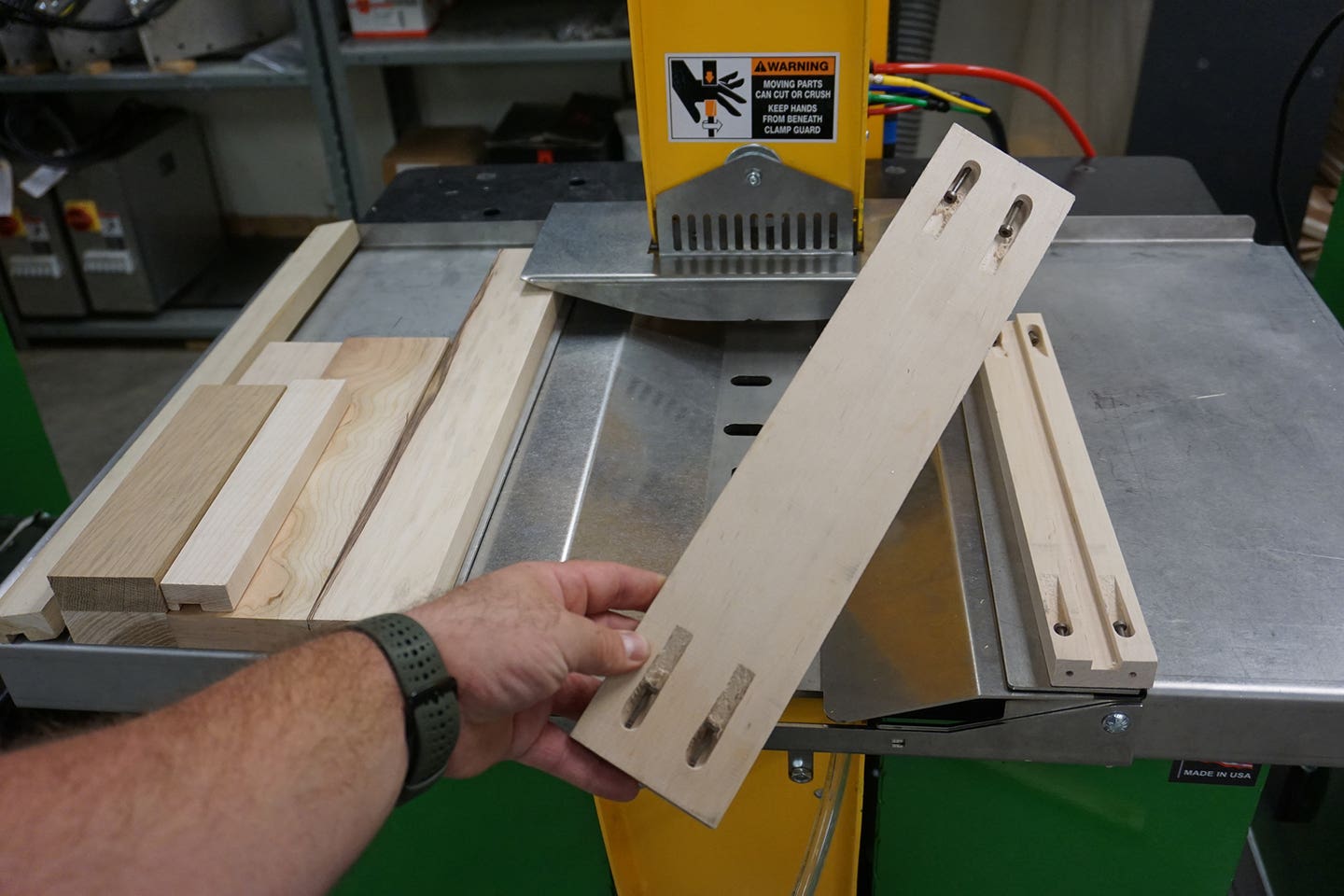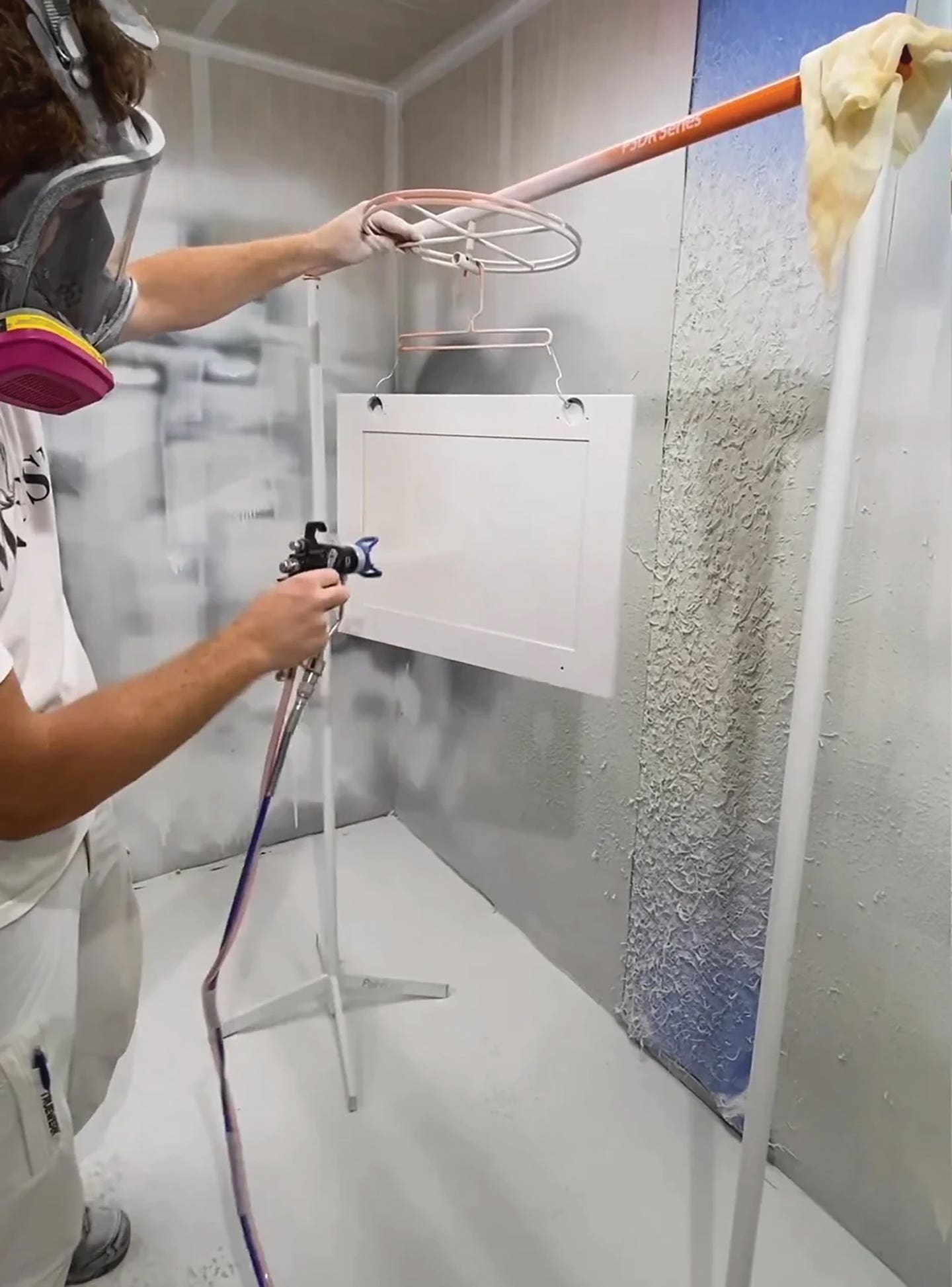The RTA argument and how to turn it on its head
In a June 2015 piece in The Huffington Post, design consultant Kelli Kaufer listed nine ways to save on a kitchen remodel. Topping the list was a suggestion that homeowners…
In a June 2015 piece in The Huffington Post, design consultant Kelli Kaufer listed nine ways to save on a kitchen remodel. Topping the list was a suggestion that homeowners go with ready-to-assemble (RTA) cabinets. While her emphasis was on household budgets and DIY, it’s telling that a mainstream-media piece zoned in on this industry trend.
Kelli estimated that an RTA solution would cost about half the price of a custom job and somewhere around twice that of big-box factory cabinets off the shelf. As she pointed out, that’s a subjective area. It depends on materials, styles, shipping and a host of other concerns. Most shop owners would perhaps be a little more conservative and put the figure in the range of 25 to 30 percent savings. That’s still a big difference for a contractor or woodshop manager estimating a kitchen job and it can be very significant for the homeowner. Those kinds of savings might make the difference between purchasing run-of-the-mill and premium appliances.
Her rule of thumb is definitely food for thought. It suggests that a custom shop’s customer service — all that estimating, planning, design and installation — might be worth about the same to consumers as the actual boxes.
Of course, not everyone feels that way. When it comes to RTA casework, custom woodshops are often bypassed by a number of large physical and online retailers such as The Home Depot, Ikea, TheRTAStore.com and Kitchen Cabinet Kings, to name a few. These suppliers reach out to homeowners, landlords, remodelers and general contractors and their focus is heavily tilted toward do-it-yourself solutions. For them, the bottom line is, well, the bottom line. Their marketing is intensely price-based and they assume that in most cases the end user will be the one doing the assembly.
Some even offer financing. Last year, RTA Cabinet Store in Conshohocken, Pa., began offering credit lines up to $3,000 and repayment terms up to 40 months for consumers who wish to do their own assembly and installation. That’s a necessary service and a great option for many homeowners who are on a tight budget and don’t have many choices. But consumers who are subject to such restrictions were never going to consider custom cabinets anyway, so there’s an argument that such sales have little impact on the woodshop industry.
Other companies such as Colorado-based CabParts.com include some elements of the consumer market, but are historically much more honed into the professional segment and offer woodshops an enhanced level of service.
RTA cabinets offer a lot of solutions, but they also present some new issues. For example, the vast majority of adult consumers have had to assemble something they purchased from a big-box store in the last couple of decades. Professional cabinetmakers just scratch their heads when they think of Grandma standing in the living room looking at a pile of vinyl-wrapped MDF boards, 30 pounds of hardware in little plastic bags and a confusing manual. Why on earth wouldn’t this woman hire a professional and get something that will last, look good and answer her needs?
But despite how familiar that image feels, many homeowners are pretty confident that they can handle the challenge of popping RTA cabinets together. And, more and more, they are correct. The knock-down (KD) mechanisms that suppliers use have evolved at a terrific pace during the last few years — from glue and screws to cams and bolts, to click-together milled edge profiles. And as the techniques have matured, the quality of the materials has also improved. As have the design choices: a customer can now order pretty much anything he or she wants in a KD package that ships inexpensively and fast. Kitchen can arrive in days, as opposed to waiting weeks or even months for a custom job.
Customer questions
So how does a woodshop take advantage of RTA technology? How does a shop owner explain to a customer why he wants to use RTA cabinets instead of building them in-house and why that customer shouldn’t run an end-route around him and just eliminate the middleman?
Begin with anything other than cost. That’s your best argument, so keep it for last. Budget is the thought you want them to carry home at the top of their list. So concentrate first on all those design options. By looking beyond the limited capacity of your machines, they can choose from myriad colors, profiles, finishes and door styles. And by combining your expertise with the RTA supplier’s product, they can upgrade to better slides and hardware or have you add a few unique options. These might involve accommodating the owners’ hobbies or interests — perhaps a wine or gardening theme or a display case for collectibles.
Next, point out that the timing on RTA is a lot different than shop-built casework. If there are holidays looming or perhaps an occasion such as a graduation or wedding in the family, your customer will be quite interested in shrinking the timetable.
Another point worth exploring is that many of the big-box RTA cabinets are actually built overseas at low cost, so the quality can be suspect — and it’s difficult to follow up with customer service issues. Woodshops tend to outsource from known and familiar top-quality American and Canadian manufacturers, so there is still an element of customizing involved. Questions can be asked and answered easily, returns or repairs can be handled through a real person and the shop can duplicate doors and other elements down the road if needed. Buying from reputable, nationally distributed outsourcing suppliers such as Decore-ative Specialties (decore.com), Cabinets Quick (cabinetsquick.com), Conestoga (conestogawood.com) or Elias Woodwork (eliaswoodwork.com) means that a woodshop not only gets reliable physical products, but also buys into decades of high-end experience and is often able to use the supplier’s design service, too.
And many RTA cabinets use technologies designed to deliver top-end joinery in a way that is more amenable to assembly by production shops than homeowners. For example, the rugged and rapid connection system from Fastenlink (fastenlink.com) is a superior technology that is ideally suited to larger suppliers that use CNC to build RTA casework and also to its custom woodshops clients that want to assemble cabinets in-house quickly, but sturdily.
Fastenlink is made up of two components: an invisible (when complete) plastic link that looks like a barbell-shaped dowel and a ramped pocket that receives the link. It can be machined on standard CNC routing and horizontal boring machines. Casework using Fastenlink is assembled in-house with glue (it doesn’t just snap together), so a little cabinetmaking experience goes a long way toward helping the system deliver a perfect product every time.
A convincing argument
Talking a DIY enthusiast out of the end-run option should be relatively easy. Just think “oil changes.” Thirty years ago, almost every man-about-the-house changed the oil in his vehicles himself. It wasn’t unusual to drive down an alley on a Saturday morning and spot two or three guys reaching for a filter wrench as they lay on their backs under the front end, garage door open and the dog chewing their shoes. Now, virtually nobody deals with that. We pay a quick-change place about the price of dinner for two and never give it a second thought.
Reminding customers why they shouldn’t do their own install plays on the same emotions. Just start talking about working around plumbing and electrical elements, dishwashers and HVAC vents. Mention how you’ve never been in a kitchen that was both level and plumb. Talk about filler strips, aligning doors or the challenges of installing countertops on uneven cabinets. Mention all the tools needed to do a proper job. And then talk about the time involved. It takes two trained cabinetmakers a whole lot less time to install an RTA kitchen than it does a homeowner to surmount the learning curve and do the job by himself. Or herself. Meanwhile, the family is without a kitchen and domestic bliss is, well, elusive.
What we do is valuable and it doesn’t take long for most customers to realize they might be out of their depth. Popping a box together is only one small part of the job. The rest is experience and training.
This article originally appeared in the September 2016 issue.


